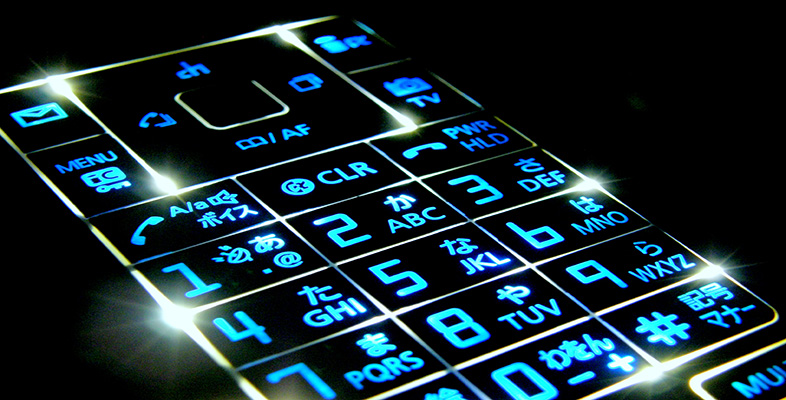1 Optical fibre communication: introduction
1.1 Uses of optical fibre in communication
Using optical fibres, very high data rates (gigabits per second and higher) can be transmitted over long distances (tens of kilometres) without amplifiers or regenerators. As a consequence, optical fibre has completely superseded copper wires as the primary medium for cabled transmission over long distances. Until recently, however, optical fibre has been used less in LANs, where twisted-pair copper cable has been dominant. Similarly, fibre has been slow to penetrate the access network, from homes or businesses to the first telephone exchange.
Here I will make the distinction between the access network (from homes or businesses to the first telephone exchange – also called the last mile, local loop, or subscriber network) and the core network (between exchanges, also called the trunk network).
As demand for capacity has risen, however, the merits of optical fibre become ever more significant, and fibre is now being used even in LANs and the access network.
The way in which fibre is used is also changing. Originally, fibre was used just for stand-alone point-to-point links. Signal processing – amplification, regeneration, switching and routeing, for example – was done in electronic components. Now, however, devices for optical signal processing have been developed so that ‘all-optical networking’ is possible.
In this unit the basics of communication over optical fibre are covered in Section 2 and the components such as amplifiers and switches are introduced in Section 3.
